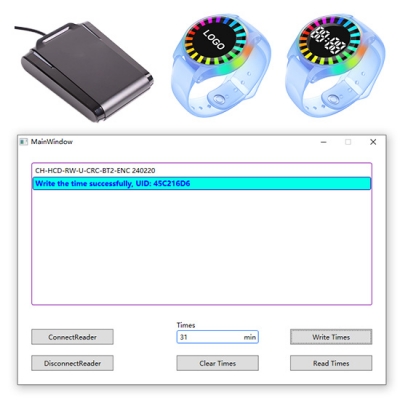RFID technology offers numerous advantages for animal tracking, including non-invasiveness, remote detection capabilities, and accurate tracking of individual animals or populations. It has found wide application in wildlife biology research, livestock management, conservation work, and pet identification systems.
However, Do you konw how is RFID animal ear tag Used for Animal Tracking?
◆RFID Animal Ear Tags
Each animal is outfitted with a unique RFID ear tag, consisting of a small microchip and an antenna. These tags are designed to withstand harsh environmental conditions without causing discomfort to the animals.
◆Tag Implantation
RFID tags for animal are usually implanted under the skin of the animal's ear using a quick and minimally invasive procedure. The tags remain securely in place throughout the animal's life, ensuring long-term tracking functionality.
◆ RFID Readers
RFID readers are strategically placed in specific locations such as gates, feeding areas, or watering stations. These readers emit radio signals that activate the RFID livestock tags within their range.

◆Tag Activation and Data Transmission
When an animal with an RFID animal identification tag passes within the range of an RFID reader, the reader's radio signal activates the tag. The tag then transmits its unique identification data, including the animal's identity and potentially other information such as time, location, and sensor data, back to the reader.
◆Data Collection and Storage
The RFID readers collect the transmitted data from the tags, which is then stored in a centralized database in real-time. This database serves as a valuable resource for analyzing animal behavior, health patterns, and movements.

◆Real-time Monitoring and Analysis
RFID technology allows for real-time monitoring of animal activities and behavior. With RFID readers strategically placed throughout the animal's habitat, researchers can track and analyze crucial data such as location, movement patterns, social interactions, and feeding habits. This information provides valuable insights into animal behavior and helps in making informed management decisions.
◆ Enhanced Animal Management and Welfare
RFID animal tracking enables precise monitoring of individual animals within a herd or population, making it much easier to identify sick or injured animals, track their response to treatment, and facilitate timely intervention. Livestock farmers can optimize feeding schedules, detect irregularities in behavior, and ensure the overall welfare of their herds.















